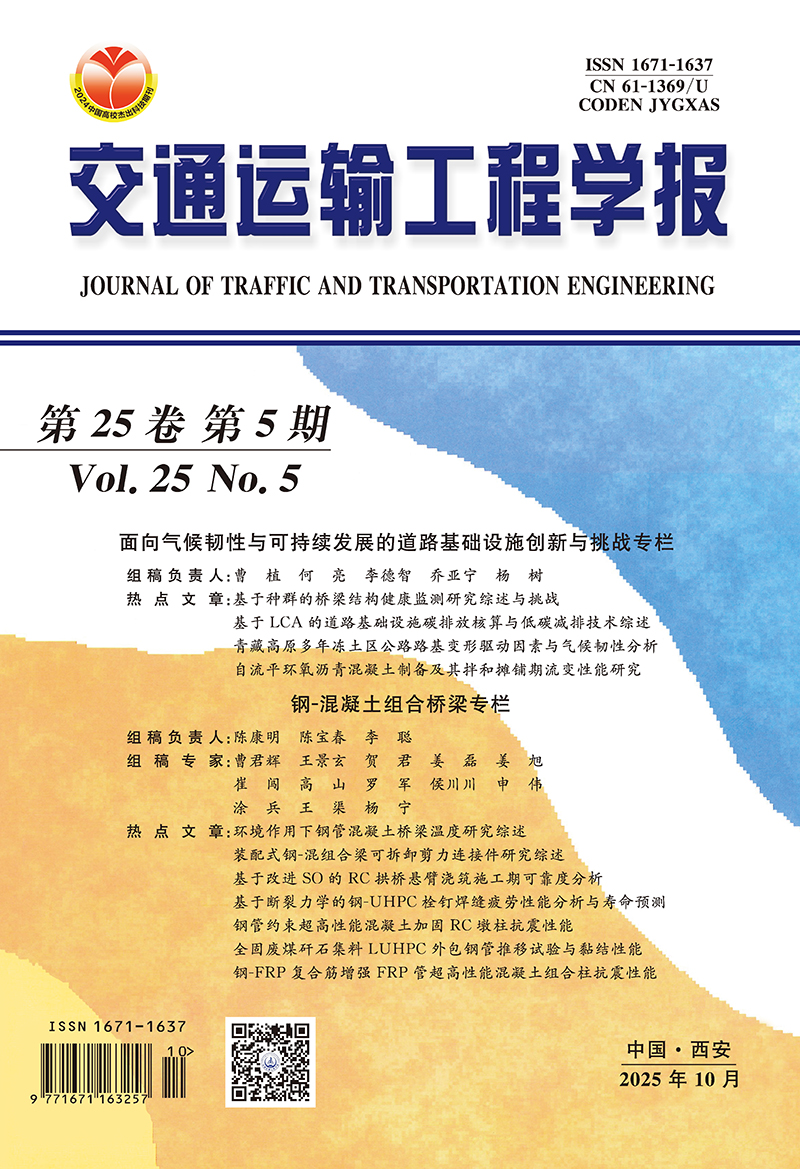2014 Vol. 14, No. 6
Display Method:
Abstract:
2014, 14(6): 1-9.
Abstract:
2014, 14(6): 10-16.
Abstract:
2014, 14(6): 17-26.
Abstract:
2014, 14(6): 27-34.
Abstract:
2014, 14(6): 35-43.
Abstract:
2014, 14(6): 44-50.
Abstract:
2014, 14(6): 51-58.
Abstract:
2014, 14(6): 59-66.
Abstract:
2014, 14(6): 67-73.
Abstract:
2014, 14(6): 74-82.
Abstract:
2014, 14(6): 83-91.
Abstract:
2014, 14(6): 92-99.
Abstract:
2014, 14(6): 100-109.
Abstract:
2014, 14(6): 110-116.
Abstract:
2014, 14(6): 117-126.





